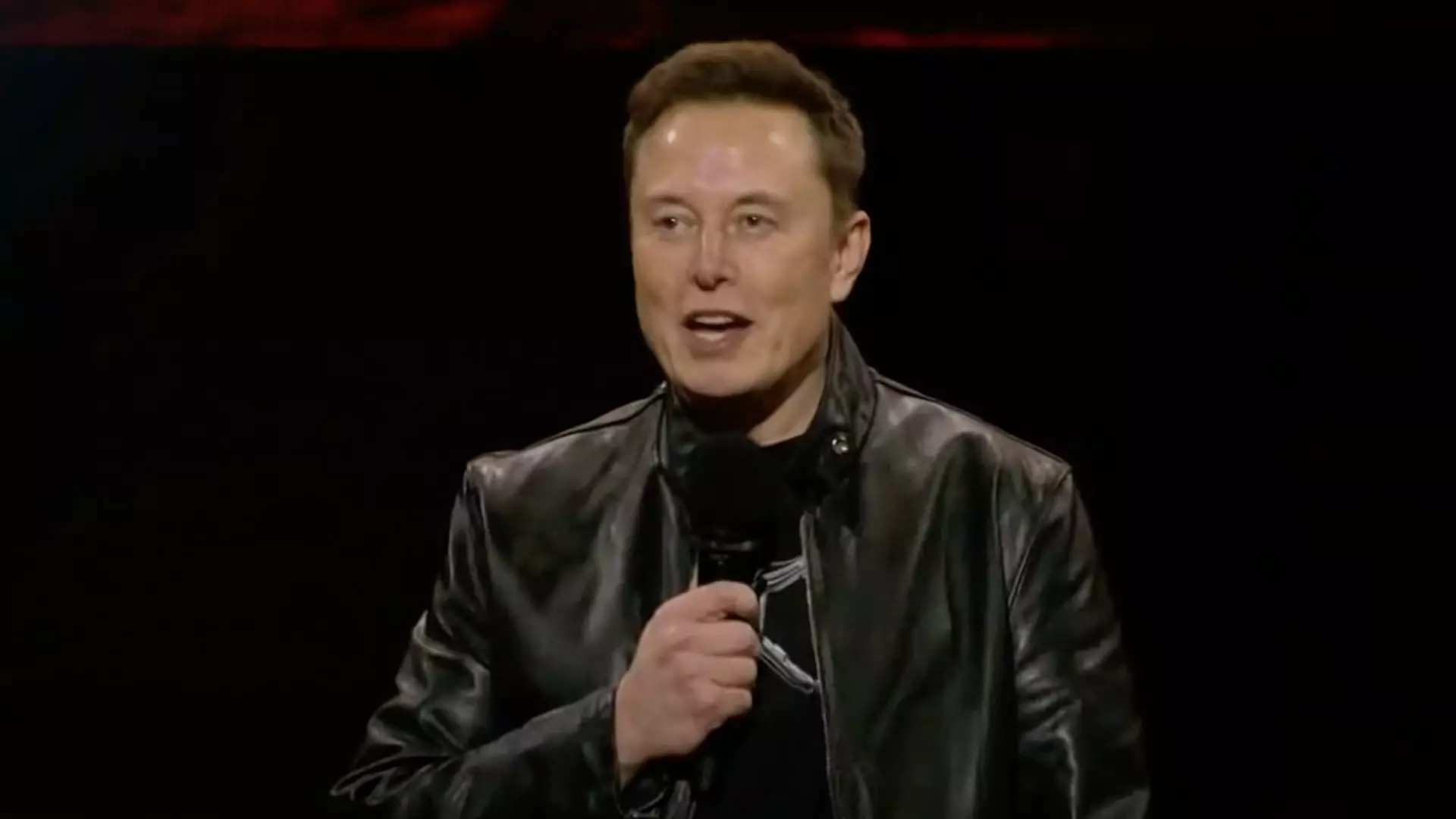Tesla, an industry titan in electric vehicle (EV) technology, is on the cusp of revealing its third-quarter earnings, a moment that could serve as a barometer of its ongoing strategic maneuvers and market positioning. As the company gears up for the report, analysts are keenly observing several indicators that could signal shifts in the company’s operational health and stock performance.
According to consensus estimates from LSEG, analysts predict that Tesla will report earnings per share (EPS) of 58 cents, accompanied by an expected revenue of $25.37 billion. These financial metrics are pivotal as they reflect the overarching narrative around Tesla’s market performance. Earlier this month, the company disclosed that it had delivered 462,890 vehicles in the third quarter, marking a 6% year-over-year increase but falling short of the analyst forecasts. This tepid growth trend is particularly concerning after Tesla had experienced two consecutive quarters of year-over-year declines in vehicle deliveries, raising questions about the company’s ability to sustain market momentum.
Compounding this issue is Tesla’s rollout of substantial discounts and incentive schemes aimed at driving sales in a competitive landscape. While such strategies may temporarily boost delivery numbers, they invariably place pressure on profit margins, creating a potential risk for long-term profitability.
Adding another layer of complexity to the earnings report is CEO Elon Musk’s recent political engagement. His vocal support for the Republican nominee, Donald Trump, and sharp criticisms of governance have not gone unnoticed by the investor community. Shareholders have raised questions through platforms like Say Technologies, expressing concern over how Musk’s political activism could impact Tesla’s brand image, operational focus, and ultimately, its stock price. In stark contrast to Tesla’s established benefits from federal investments in EV infrastructure and regulations, Musk’s alignment with a presidential candidate who has historically been skeptical of such measures could generate potential turbulence for the brand.
During a recent event, Musk shared his distrust in governmental entities, underscoring an ethos that may conflict with Tesla’s historical reliance on regulatory frameworks. Such contradictions could confuse investors and stakeholders about the company’s strategic direction and priorities.
As Tesla prepares for its earnings report, it does so in a climate of increasing competition, particularly from China’s burgeoning automotive sector. Automakers such as BYD and Geely, as well as newer entrants like Li Auto and Nio, are staunchly vying for market share, making the landscape more challenging for Tesla. In the United States, traditional manufacturers such as Ford and General Motors are ramping up their EV offerings, contradicting earlier hesitations about electrification. Analysts from Jefferies pointed out that Tesla’s market performance suggests stagnation in its competitive edge against legacy manufacturers while facing aggressive competition from Chinese firms. They even posited a two-year period of subdued growth could be ahead for Tesla as it manages the varying costs associated with scaling production.
Amidst these challenges, Tesla’s product developments are garnering attention from investors. A crucial area of interest is the company’s efforts surrounding robotaxis and self-driving technologies, which could heavily dictate its future market positioning. Concerns around the Cybertruck’s quality issues are also prevalent, although it reportedly sold over 16,000 units in the U.S. during the third quarter—an encouraging sign despite its rocky introduction.
Tesla has yet to provide specific guidance for 2024, but executives have trimmed expectations for delivery growth, indicating a cautious approach moving forward. This caution could have implications for shareholder sentiment and risk tolerance, especially as Tesla’s stock has already seen a 13% dip this year, contrasting sharply with broader market gains.
Tesla stands at a critical juncture where economic performance metrics, leadership decisions, competitive pressures, and product developments collectively influence its trajectory. The upcoming earnings report will not only reveal key financials but could also chart a course for how Tesla navigates the multifaceted challenges it faces in the evolving electric vehicle landscape.

